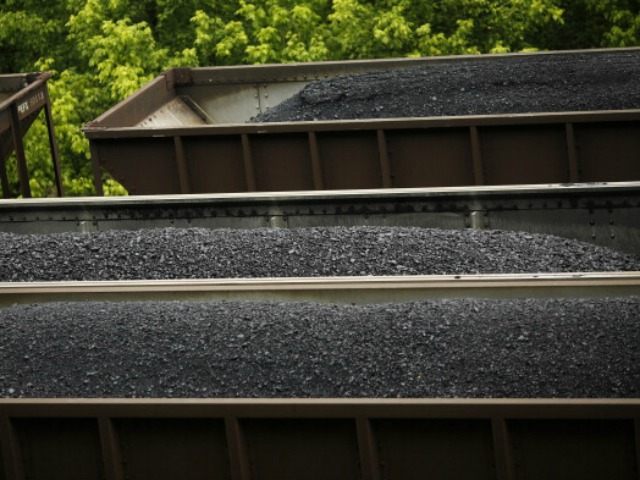You have to admire the Obama Administration’s optimism. Even though the Supreme Court issued a stay on the president’s “Clean Power Plan” (CPP) earlier this year, the EPA insists that states should keep moving forward with efforts to radically alter their power sector.
It’s a bold move, since the High Court has already determined that states shouldn’t be compelled to incur such hefty costs before the case is fully litigated.
At the time of the High Court’s ruling, 27 states had formally opposed the CPP. That number has now risen to 29, as states grow increasingly concerned with both the federal overreach and massive costs involved.
Although the president likes to tout the CPP’s projected energy efficiencies, he makes little comment about its economic ramifications. But if there were any doubt as to the plan’s hefty price tag, federal number crunchers at the Energy Information Administration (EIA) have released an analysis of the CPP’s impact.
For starters, the EIA says the plan will mean “significantly higher” prices for residential and commercial electricity. They attribute this to “higher transmission and distribution costs” coming at a time when electricity consumption will also grow slightly (in 2015-2040), compared to 2000-2015.
Interestingly, the EIA projects that these higher electricity prices will actually reduce demand 2 percent by 2030. Why? Because “compliance actions and higher prices” will force cash-strapped consumers to adopt their own austerity measures.
A key part of the CPP is the dismantling of coal-fired power in the U.S. As the EIA sees it, “Coal’s share of total electricity generation, which was 50 percent in 2005 and 33 percent in 2015, falls to 21 percent in 2030 and to 18 percent in 2040.” Coal power plants currently anchor America’s base-load electricity generation, so it’s understandable that their elimination would drive up prices. But is such a move justified?
The EIA projects that “renewable energy” (solar and wind) will play a “significant role in meeting electricity demand growth throughout most of the country.” It’s a bold gamble, since the EIA believes that renewables will account for 27 percent of total U.S. generation by 2040. But EIA data shows wind and solar power supplying only 5.6 percent of U.S. electricity generation in 2015. So, the jump to 27 percent will require significant investments.
What’s instructive is EIA data on Germany, where residential retail electric prices have risen, and are expected to keep rising, due to higher taxes and fees for renewable power. Overall, Germany’s foray into green energy has driven the average residential electricity price to 35 cents/kWh, almost three times the U.S. average of 13 cents/kWh. Along with Denmark, Germany has some of the highest residential electricity prices in Europe.
Under the Clean Power Plan, the EIA envisions the most significant changes in power generation occurring in regions where coal-fired power has played a key role, including the industrial Midwest. In the Northern Plains, coal power displaced by the CPP is expected to be replaced with increased renewables generation.
The net “benefit” of the CPP is that it will lower total power sector carbon dioxide emissions 20 percent by 2030. However, the EIA doesn’t mention the simultaneous increase in CO2 emissions from new coal plants in China, India, and other emerging Asian nations.
Overall, the CPP will impose massive expenses on businesses and consumers for CO2 reductions that will be instantly negated by far larger CO2 emissions growth overseas. Perhaps this explains why the Obama Administration’s former Department of Energy fossil fuel director, Charles McConnell, recently told a Congressional panel that the EPA’s plan is “ideological mumbo jumbo” that will not significantly affect global CO2 emissions. As McConnell, who now serves as executive director of Rice University’s Energy and Environment Initiative, subsequently explained, he is “not against climate regulations … but I am against stupid regulations.”
The Supreme Court stay of the Clean Power Plan remains in effect, and governors currently have no legal obligation to comply. But thanks to the findings of the Energy Information Administration, they now have more reasons not to follow through.
Terry Jarrett is an energy attorney and consultant, and a former commissioner on the Missouri Public Service Commission.

COMMENTS
Please let us know if you're having issues with commenting.